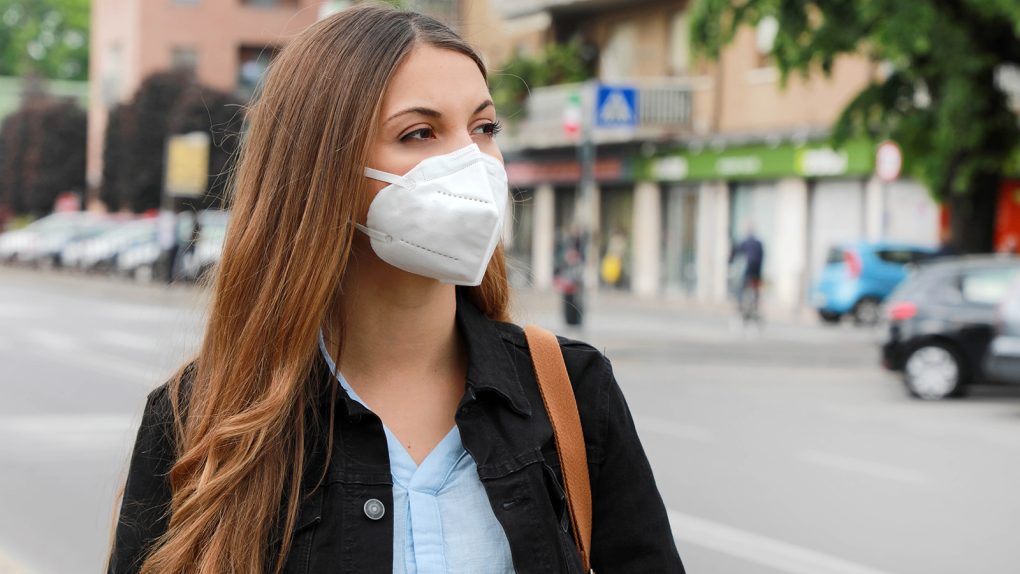- The number of new coronavirus cases in the United States is skyrocketing.
- The U.S. last Thursday saw more than 55,000 new infections.
- Hospitals in some states like Texas are now on the verge of running out of room for additional patients.
- A doctor who is an expert in infectious diseases explains that COVID-19 is such a massive problem in the US because Americans are either ignoring the severity of the disease or they’re pretending it’s not as risky as it really is.
If you take a look at the number of new coronavirus cases in countries like Italy and France, it’s easy to see that the virus in those places is subsiding dramatically. Hardly a surprise, many countries put their entire populations under strict quarantine in order to prevent the virus from spreading.
The United States, in contrast, took a different approach. While some states — like New York and Illinois — enacted lockdown measures and demanded non-essential businesses close up shop, other states like Florida took a much more lenient approach. Some other states like Nebraska, meanwhile, essentially carried on as if the coronavirus didn’t even exist. The end result, sadly, is a situation where the number of new coronavirus cases is now skyrocketing across much of the country.
This past Thursday, the United States saw more than 55,000 new coronavirus cases in a single day, a figure which eclipses the previous daily record for new infections. All told, the coronavirus is rising in more than 30 states. The situation is particularly dire in Texas where government officials are now warning that hospitals are either at or inching towards capacity.
So how did the U.S. get into this mess when former epicenters — like Italy — have managed to put the worst behind them?
Dr. Mark Kortepeter, an infectious disease expert at the University of Nebraska, recently explained that large areas of the U.S. either ignored the dangers associated with the coronavirus or simply went on with their daily routine as if the virus never existed:
The viral “enemy” and basics of viral transmission have not changed since then and increases in new cases of infection are not surprising. The states that have either ignored the problem or have had more aggressive re-opening timelines are now paying the price and are having to walk back on their prior openings. The states in the northeast that were hammered during the first wave are being a bit more cautious and seeing declining or stable numbers of cases.
Further, many people — even in states that aggressively took steps to combat the coronavirus — still aren’t wearing masks or adhering to social distancing guidelines.
And while the good news is that the coronavirus death tally hasn’t skyrocketed alongside the number of new cases, Kortepter claims that that may change in the near future.
Although the numbers of deaths have been declining across the U.S., as the cases surge, it will not be surprising if an increase in deaths soon follows. Hoping that this problem will go away is not a plan.
As to why the death rate hasn’t increased, that can be attributed to the fact that younger individuals who are less susceptible to the virus’ more severe symptoms are now being infected as states reopen. Additionally, the coronavirus sometimes takes a few weeks before an individual succumbs to its effects, which is to say we may yet see an increase in deaths over the next week or two.








